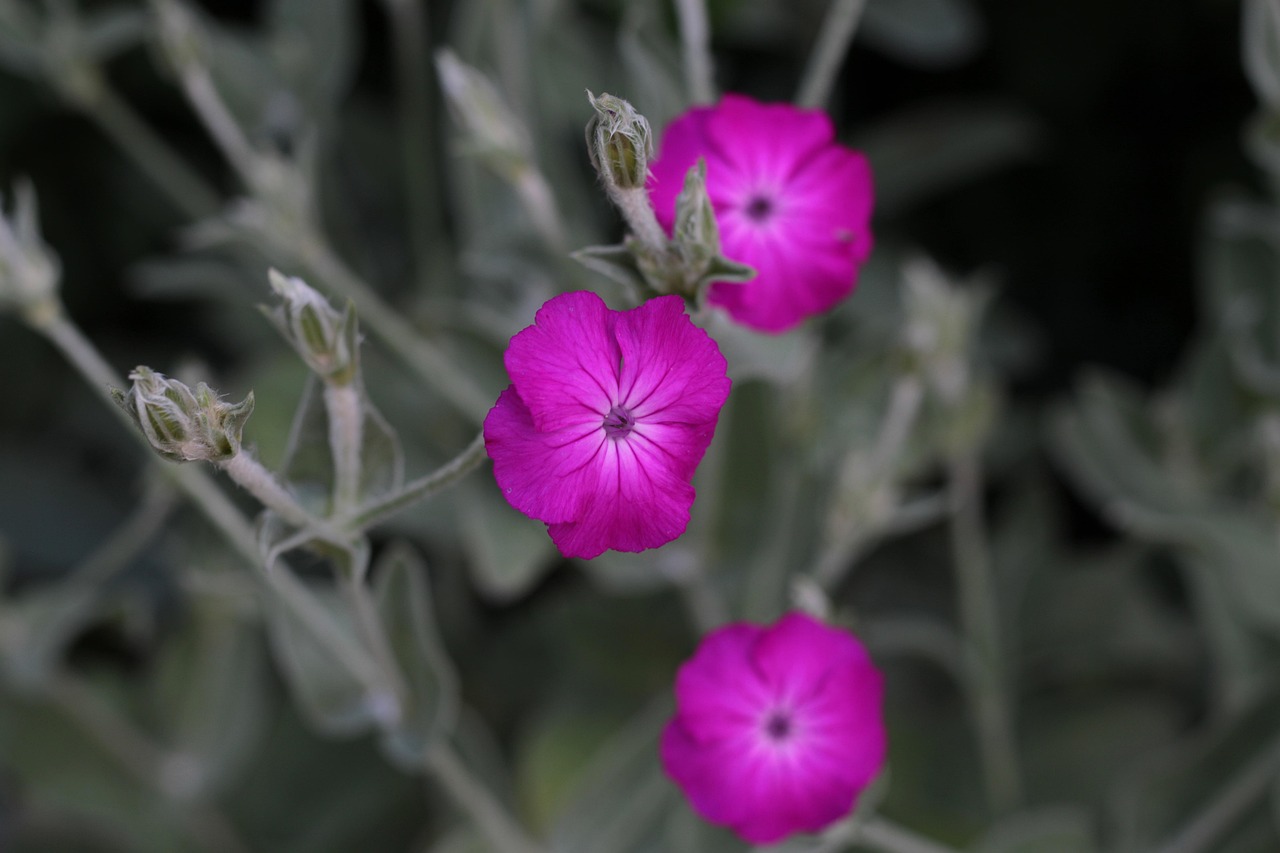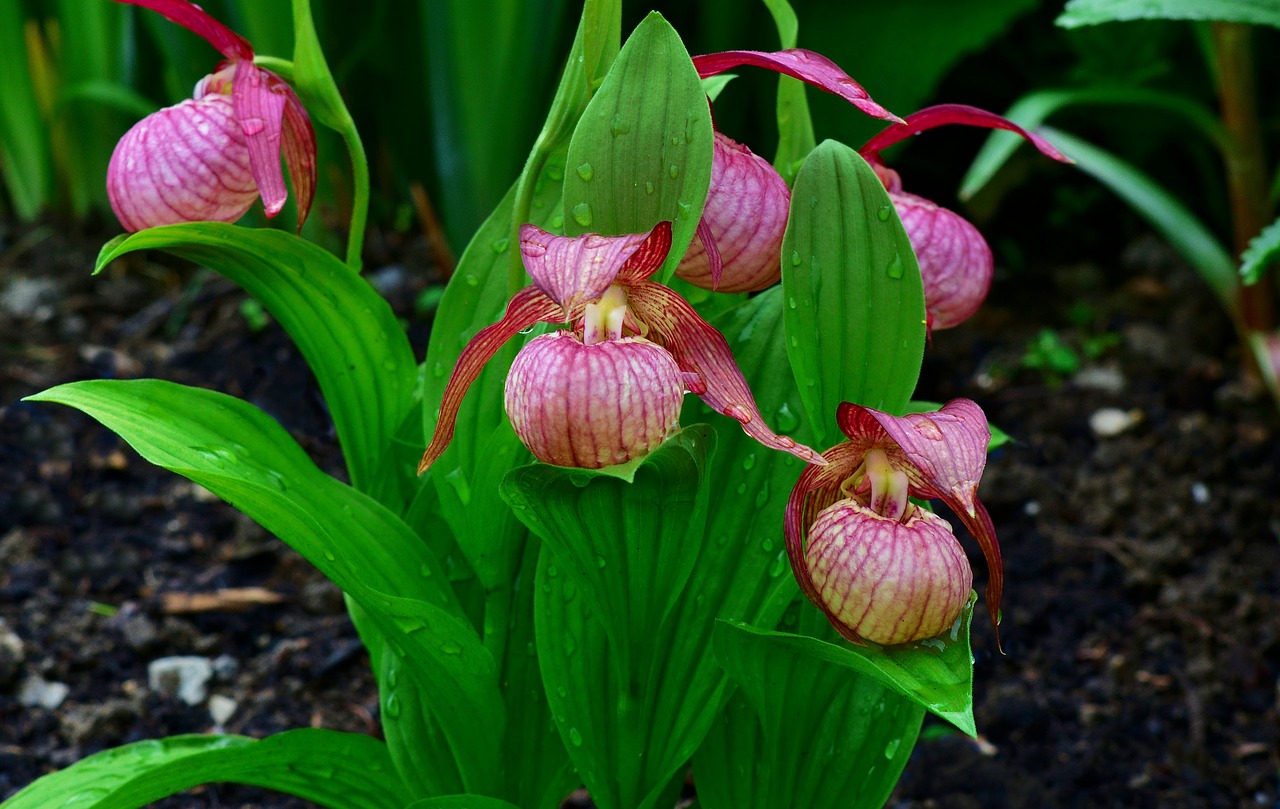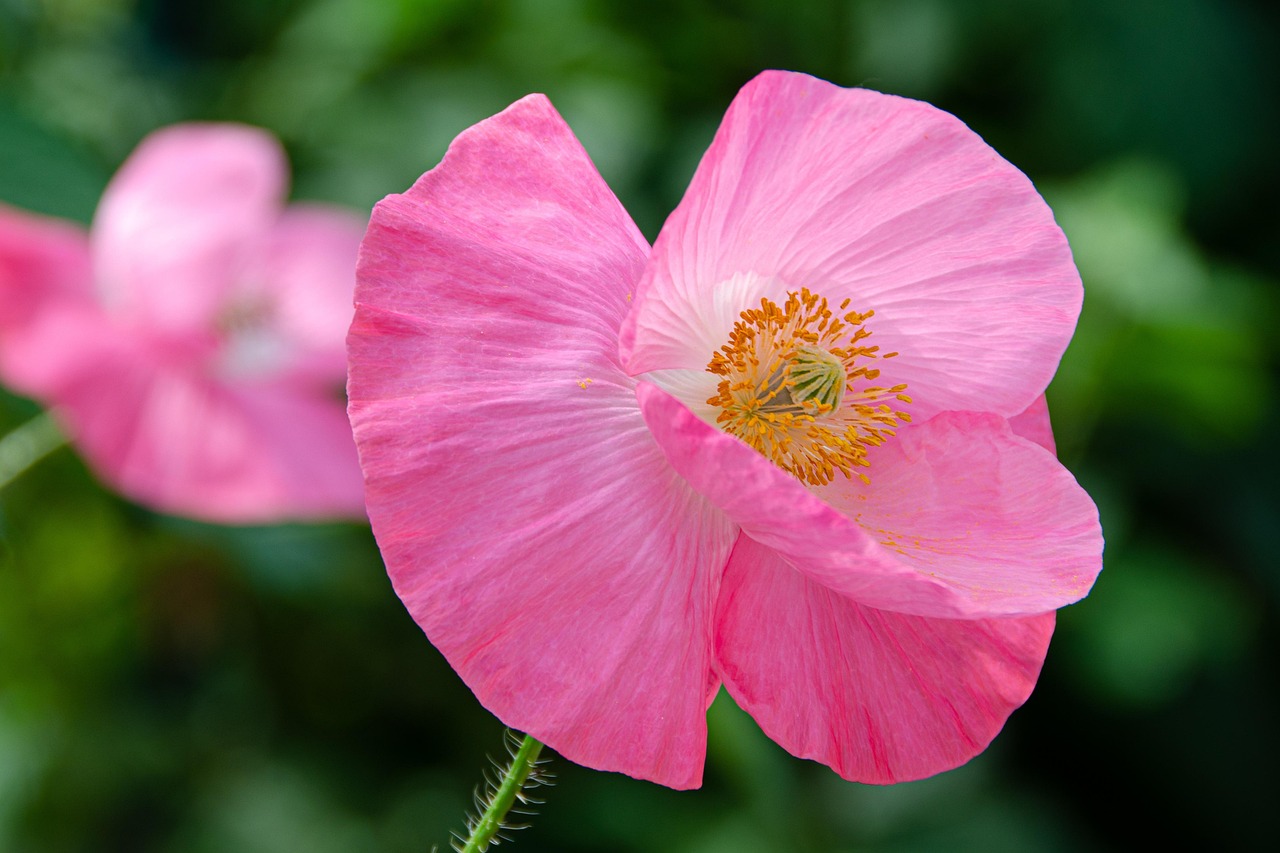Scarlet Pimpernel | A Wildflower Reflecting Colors in the Dew
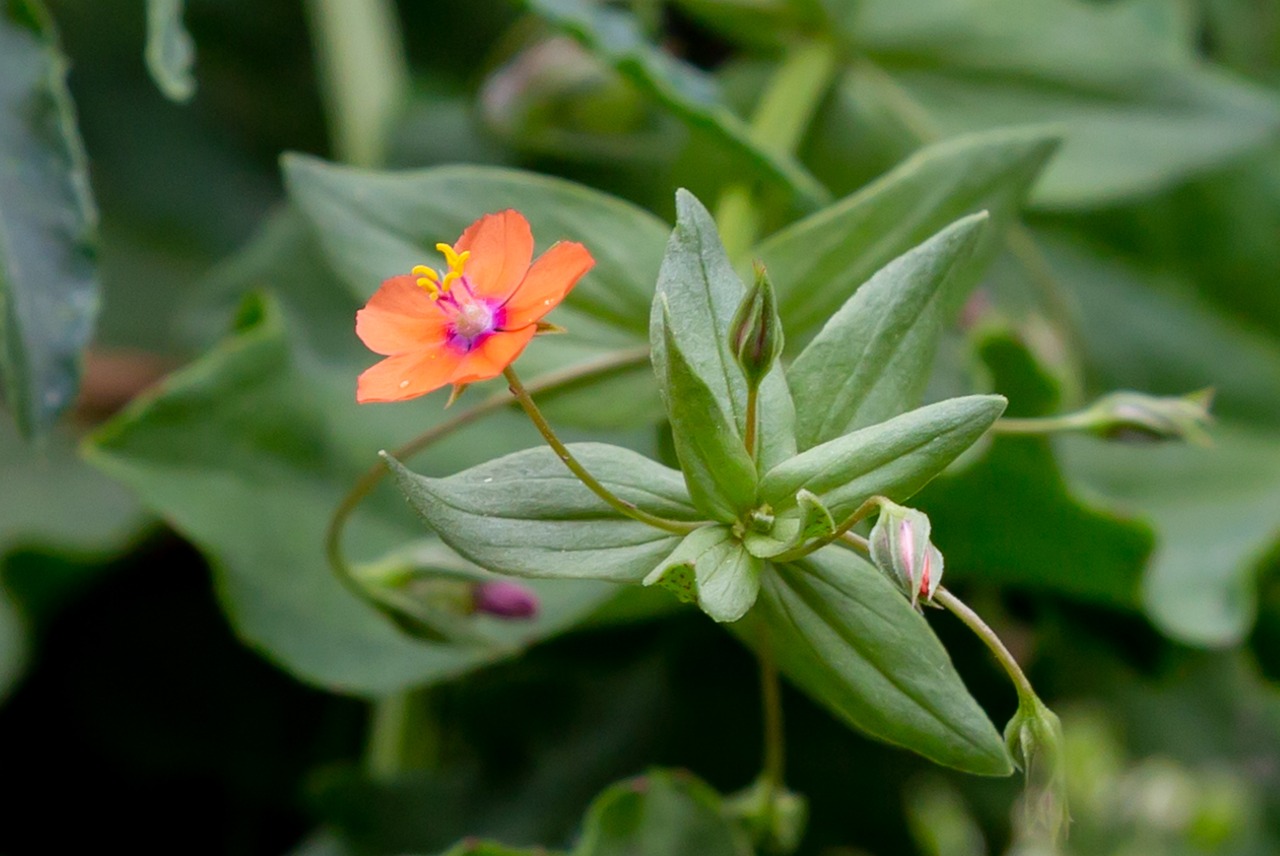
The Scarlet Pimpernel (Anagallis arvensis) is an annual or perennial plant that produces vivid red or orange blossoms. Its creeping growth along the ground gives it a distinctive appearance.
Originally native to Europe, West Asia, and North Africa, it has now spread widely and become naturalized in warm regions across the world.
In this article, I will explain the essential information, cultural background, historical episodes, and gardening advice regarding the Scarlet Pimpernel.
Basic Information
- Scientific name: Anagallis arvensis
- Family: Primulaceae
- Origin: Europe, West Asia, North Africa
- Appearance: It grows along the ground, producing flowers about 1 cm in diameter. The blossoms are usually red or orange, and the leaves are opposite and ovate. The flowers open during daylight and close in cloudy weather or at dusk.
- Flowering season: Spring to autumn (depending on the region)
Cultural Features Around the World
Due to its bright colors and spreading growth, the Scarlet Pimpernel has long been cherished in Europe as a flower that decorates gardens and farmland edges.
Because the blossoms open only in sunlight, the plant was once regarded as a “weather prophet” and served as a natural indicator of weather conditions.
In England and France, it is considered one of the quintessential wildflowers and often appears in poetry and folklore.
Its ability to grow naturally in small gardens or in the crevices of stone walls has made it part of the rustic landscape, and it is now also used in natural gardens and wildflower areas.
Historical Episodes
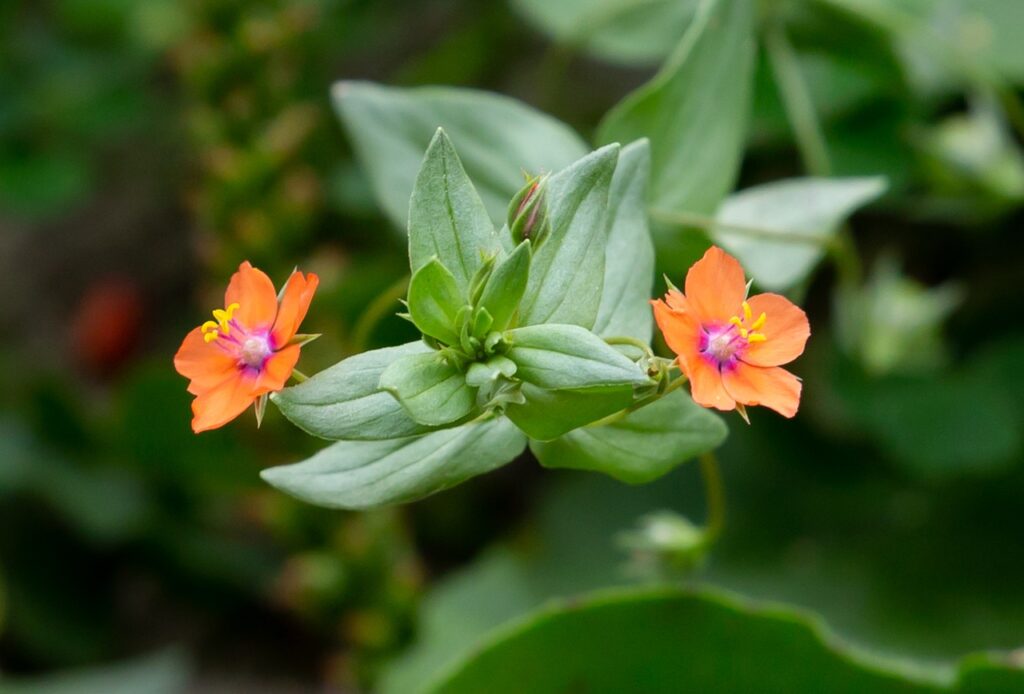
The Scarlet Pimpernel was already known in ancient Greece and Rome and frequently appeared in natural observations and writings.
In medieval Europe, it was cultivated in monastery gardens and herbal plots, where monks recorded its characteristic habit of opening and closing with the weather.
During the Renaissance, it became a favored subject of botanical art, inspiring numerous detailed sketches.
In 17th-century England, it came to be popularly known as the “Scarlet Pimpernel,” a name that later inspired novels and plays, giving it cultural significance.
From the 19th century onwards, its ornamental value was rediscovered, and it has been incorporated into naturalistic garden designs.
Gardening Advice
The Scarlet Pimpernel prefers sunny, well-ventilated locations. Here are some key points for cultivation:
Sunlight
Plant it in a sunny spot for best flowering. In insufficient light, the blossoms may not open.
Watering
While somewhat drought-tolerant, water potted plants when the soil surface becomes dry. Avoid excessive moisture.
Soil
Light, well-drained soil is ideal. For garden planting, mix leaf mold or sand into the soil before planting.
Fertilizer
A small amount is sufficient. Apply diluted liquid fertilizer once a month during the growing season (spring to summer).
Pruning and care
Because it spreads easily, trim unnecessary growth. Removing spent flowers regularly encourages new blooms.
Cold tolerance
Often treated as an annual, but it may overwinter in warm regions. In colder areas, collect seeds before winter for the next season.
Conclusion
The Scarlet Pimpernel is a charming plant, admired for its bright red and orange flowers and ground-hugging growth.
It has been cherished across Europe for centuries, valued both as a weather-telling flower and as a poetic symbol in literature and folklore.
From the gardens of monasteries to Renaissance botanical art, and from rustic countryside to modern naturalistic gardens, it continues to brighten landscapes with its modest yet vivid charm.

